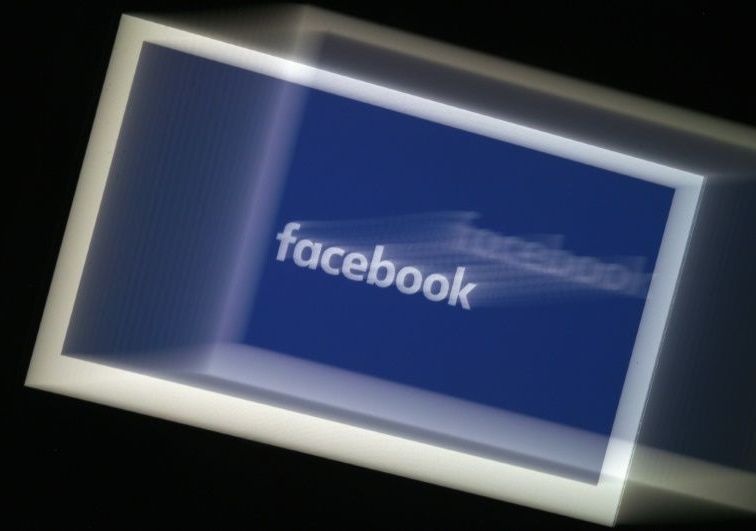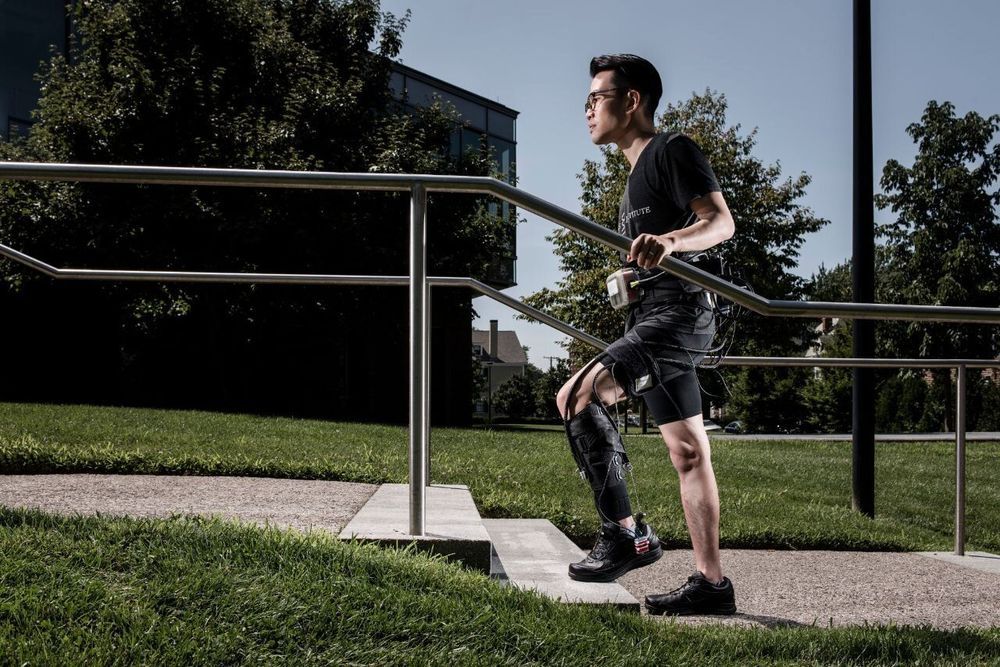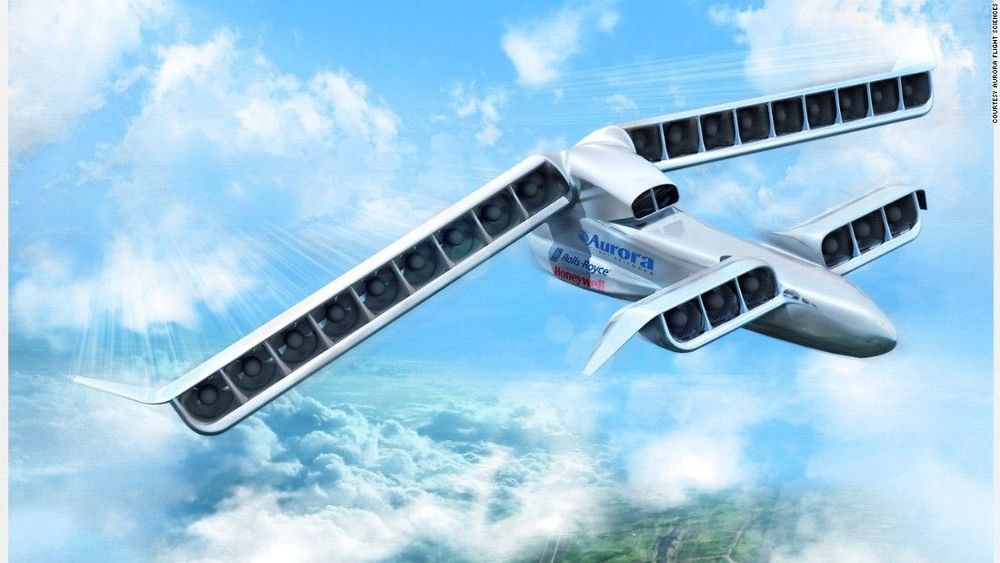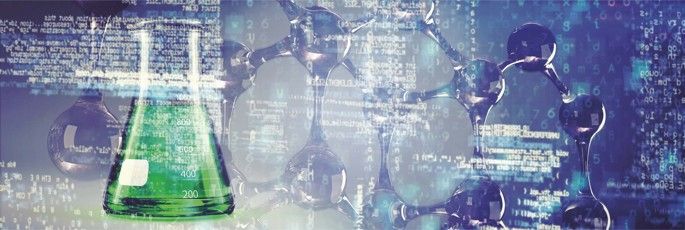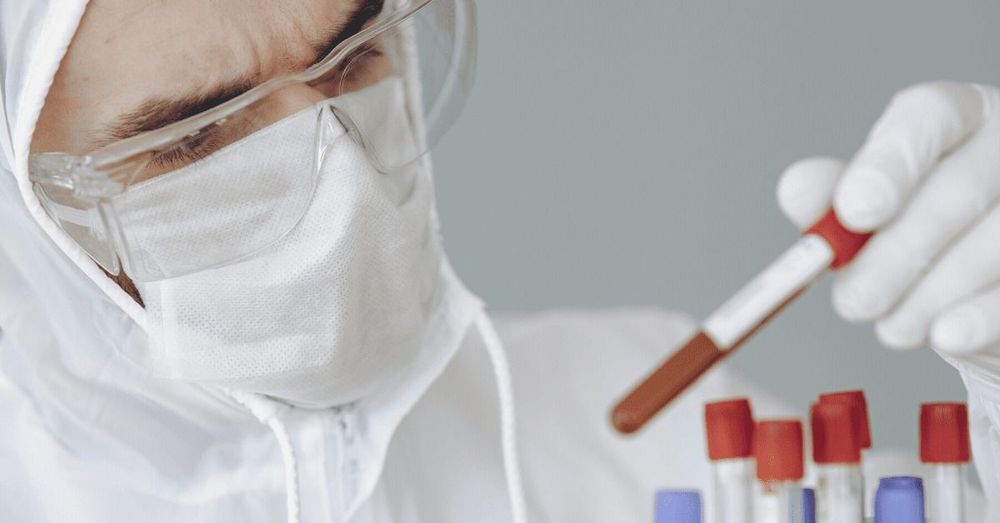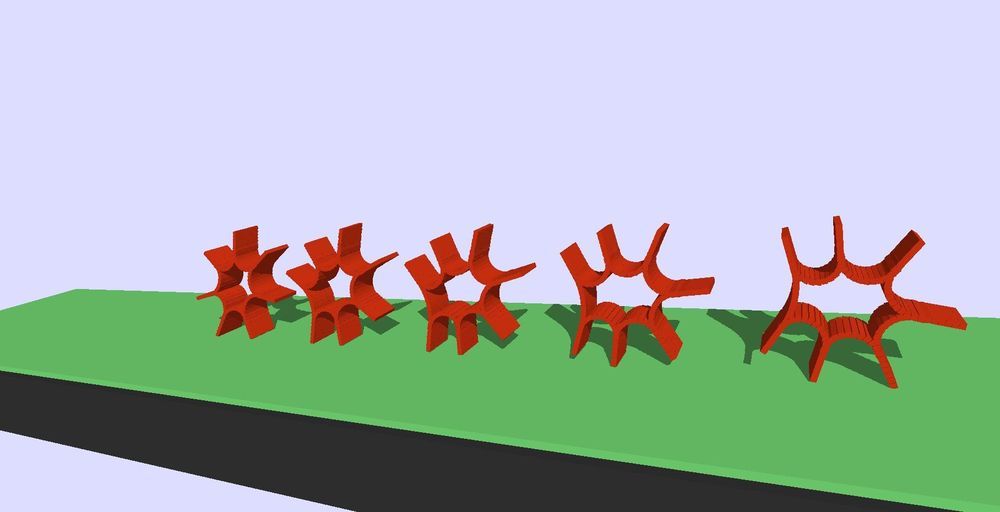Almost three months after arriving in Guam, a pair of MQ-4C Triton autonomous, unmanned aircraft have integrated into fleet operations and training flights and stretched the Navy’s maritime domain awareness across the Indo-Pacific, according to the Navy.
The Navy is counting on the Triton, which can operate at greater than 50,000-foot altitudes and at the 2,000-mile-plus range, to provide an unmanned platform for persistent, maritime intelligence, surveillance, and reconnaissance capabilities and work alongside its manned fleet of reconnaissance and surveillance patrol aircraft. The Tritons with Unmanned Patrol Squadron 19 – the Navy’s first unmanned aircraft squadron – arrived in Guam in late January to support CTF-72, which oversees the patrol, reconnaissance and surveillance force in the U.S. 7th Fleet region.
“Bringing Triton forward creates a complex problem set for our adversaries,” Cmdr. Michael Minervini, VUP-19’s commanding officer, said in a statement. “Our ability to provide persistent ISR to fleet and combatant commanders is unmatched in naval aviation.”

